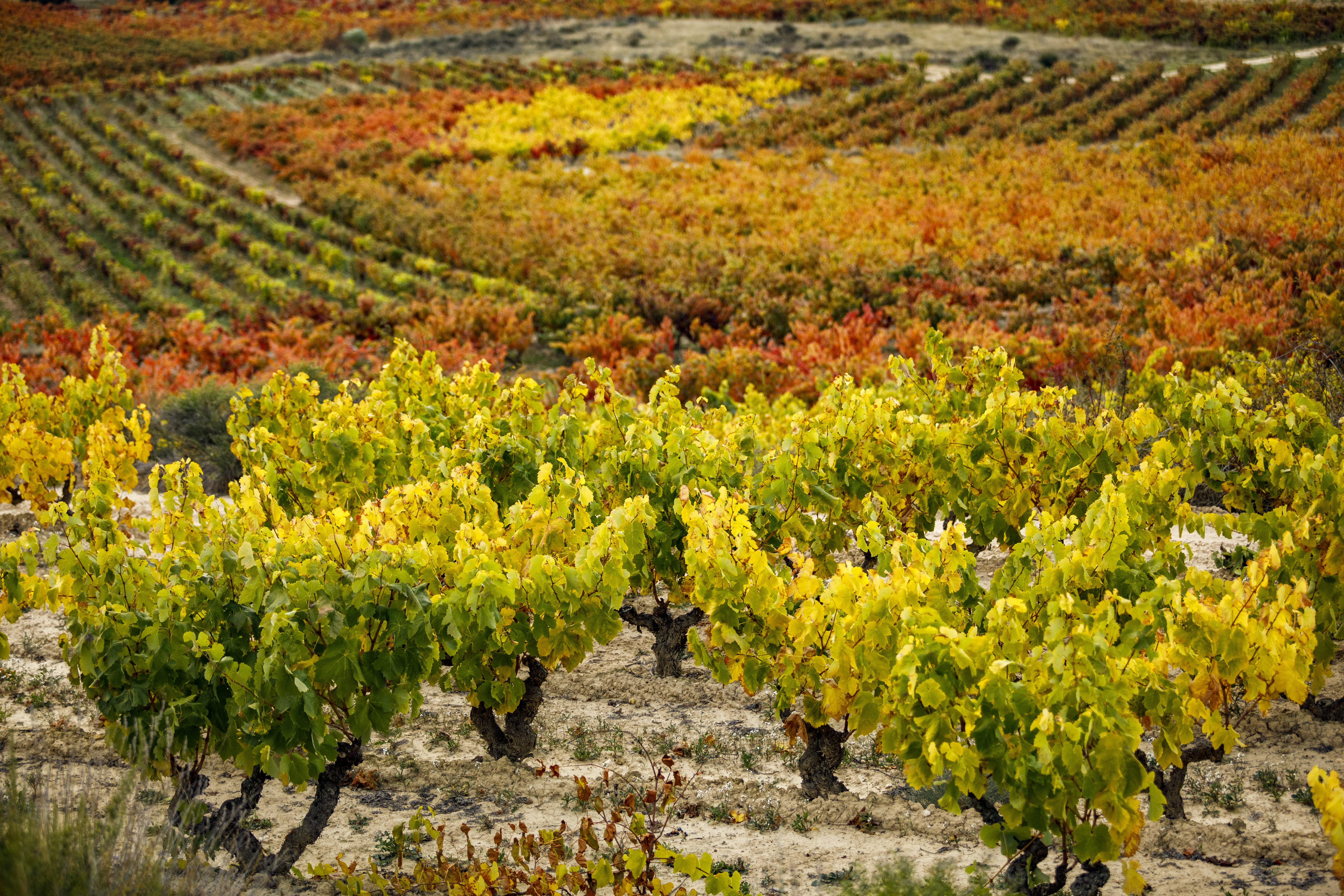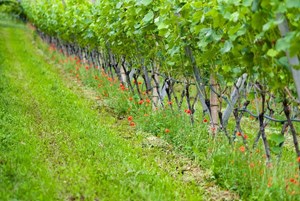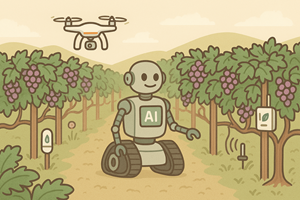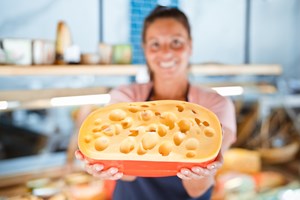It’s no parlour trick. Wine professionals can identify subtle details in the glass: the grape variety used, fermentation vessel, temperature of fermentation, levels of extraction. Time spent in oak – and the type, origin, and size of the barrel – also leaves its mark, as does lees contact and bottle ageing. These signs are detectable by a practiced palate.
But what about the vineyard itself? Cool versus warm vintages are often easy to discern, based on acidity, alcohol, body, and flavour ripeness. There’s even debate around whether biodynamic viticulture can be tasted in the glass – not the cow manure preparations, but the vitality and care they bring to the fruit.
And what about vine age? Increasingly, the question isn’t just what vintage a wine is from, but how old the vines are. Why?
We know that grapevines, if planted in the right place and carefully tended, can thrive for more than a century. Yet commercial realities often see vineyards ripped up and replanted after just 20–30 years, whether due to declining yields or shifting market tastes.
Old vineyards come with challenges: besides the possibility of trunk diseases, and logistical limitations of harvesting something that resemble gnarly bushes instead of neat rows of manicured vines, the skill it takes to prune, and making economic sense of the diminishing yield. But their benefits – preserving heritage, fostering biodiversity, and resisting the wastefulness of constant replanting – are profound. But do old vines make better wines?
Bob Tyrrell, whose Tyrrell’s Winery in Hunter Valley claims to be the oldest Chardonnay vineyard in the world, put it succinctly at a London tasting: “It’s not good because it’s old; it’s old because it’s good.” A long-ago decision to plant the right variety in the right soil has been vindicated by the vine’s ability to throw down deep roots, resist stresses like drought and disease, and yield fruit too good to replace.
But the critical question remains: can you actually taste vine age?
Wine students, eager for theory to match tasting evidence, continue to wrestle with it. According to the WSET Diploma text; older vines can produce higher-quality fruit, resulting in more balanced, concentrated wines than their younger counterparts. Lower yields mean resources are concentrated into fewer grapes, while age brings balance and environmental adaptation. In theory, this should translate to greater flavour intensity and nuance.
Reality, of course, is more complex. Climate, vineyard practices, and terroir all interact to influence the final wine.
Sarah Abbott MW, co-founder of The Old Vine Conference, captured the essence of old vine character in an interview with Marc Millon for the Italian Wine Podcast: “An old vine wine is something electric…it’s not always about concentration. What you have at this nexus of factors where heritage, skill, and the land in an old vine wine. You get this electric energy, integration and balance. It’s like the light in someone’s eye. They just have this vivacity.” It’s a sensuous and powerful quality, one that demands a personal connection with the wine and its story.
This year, for the first time, the London Wine Fair has asked exhibitors to identify old vine wines that they plan to show. Thanks to the efforts of The Old Vine Conference, the International Organisation of Vine and Wine (OIV) now defines "old vines" as those over 35 years old.
More than 210 old vine wines have already been registered at London Wine Fair — a unique chance to taste and judge for yourself, alongside wines from younger vines, and more importantly speak to many of the producers to learn their stories. The usual suspects are there of course, old vine wines from Italy, Portugal, Spain, France, Australia and South Africa, but also less expected wines too:
• High-altitude wines from dry-farmed 65-year-old Sultaniye bush vines in Turkey
• Treasures from Serbia’s Vinčić winery, founded in 1975
• And gems from New Zealand, Croatia, the Czech Republic, and Austria.
For those eager to dive deeper, don’t miss Sarah Abbott MW’s masterclass, "Old Vine Wines of Iberia: A Journey Through the Viticultural Heritage of Spain & Portugal", taking place at the Walk-up Tasting Theatre on 21 May at 10:30am.
Featuring wines from The Old Vine Conference member wineries, it promises to be an illuminating tasting:
• El Escocés Volante, Manda Huevos Carramainas Macabeo 2021 (DO Calatayud, Spain)
• Bodega Bideona, LNCGO Viñedo en Lanciego 2020 (DOCa Rioja, Spain)
• Bodega Torre de Oña, Finca Martelo Reserva 2019 (DOCa Rioja, Spain)
• Textura Pura Red 2021 (DOC Dão, Portugal)
• Van Zellers & Co., CV Curriculum Vitae Red 2021 (DOC Douro, Portugal)
• Quinta da Côrte, Princesa Reserve Red 2021 (DOC Douro, Portugal)
• Bodega Numanthia, Numanthia 2019 (DO Toro, Spain)
• Quinta da Vacaria Tawny Port 30 Years (DOC Douro, Portugal)
Whether vine age truly translates to something you can taste remains open to debate. But at the London Wine Fair, you’ll have the perfect opportunity to come face-to-face – or glass-to-glass – with the answer.








